Welcome to the latest edition of workout Wednesday! This week I have a great interval running workout for you to try. This workout was developed by Dr. Jens Bangsbo at the University of Copenhagen in Denmark to increase speed in recreational runners. If you are looking for an easy way to incorporate interval or speed training into your running workouts this is a great place to start. You could do it on the street or the track with a timer (affiliate --> I use a gymboss interval timer) or on the treadmill.
This is a by-feel paced workout. That means you don't need a GPS watch to make sure you hit certain paces. All you need is a timer and a pair of running shoes (OK, clothes would probably be a good idea too).
Warm up by walking or jogging 10 minutes or one mile.
30 seconds
Start at a slow pace for 30 seconds. This should feel very easy, breathing is easy. For a beginner this may even be a brisk walk. It's called conversation pace. You could hold a conversation while maintaining this pace.
20 seconds
Accelerate to a moderate pace for 20 seconds. This should be your race pace. A little faster than your easy pace but not an all-out-sprint. It should feel comfortably hard. You could probably get out a sentence or a few words between breaths, but you are working too hard to hold a conversation.
10 seconds
Then sprint as hard as you can for 10 seconds. Go for it. Give it all you have for 10 seconds. You can't talk at all while holding this pace.
Repeat four more times in a row without rest for a total of 5 minutes of these intervals.
2 Minutes
Rest until your breath is fully recovered (about 2 minutes).
Repeat
Repeat these 30-20-10 sessions and rest periods until fatigued (no more than 30 minutes) for a quick and effective speed workout for runners of all levels
Cool down by jogging or walking 10 minutes or one mile.
Doesn't Ollie demonstrate the 10 second sprint pace picture perfectly? Good dog.
Add this workout to your schedule 1-2 times per week with rest days and easy-paced run days in between hard workouts.
A general rule for intense training: A little is better than none and a lot is too much. Remember that our bodies adapt (grow stronger and faster) during rest, not during the workout. Allow your body adequate time to recover between hard workouts for the best results.
Like this post? It helps me when you share.

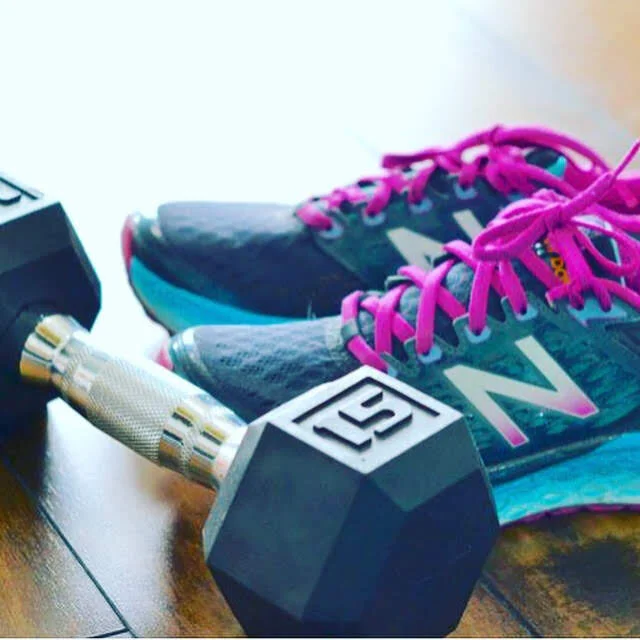

















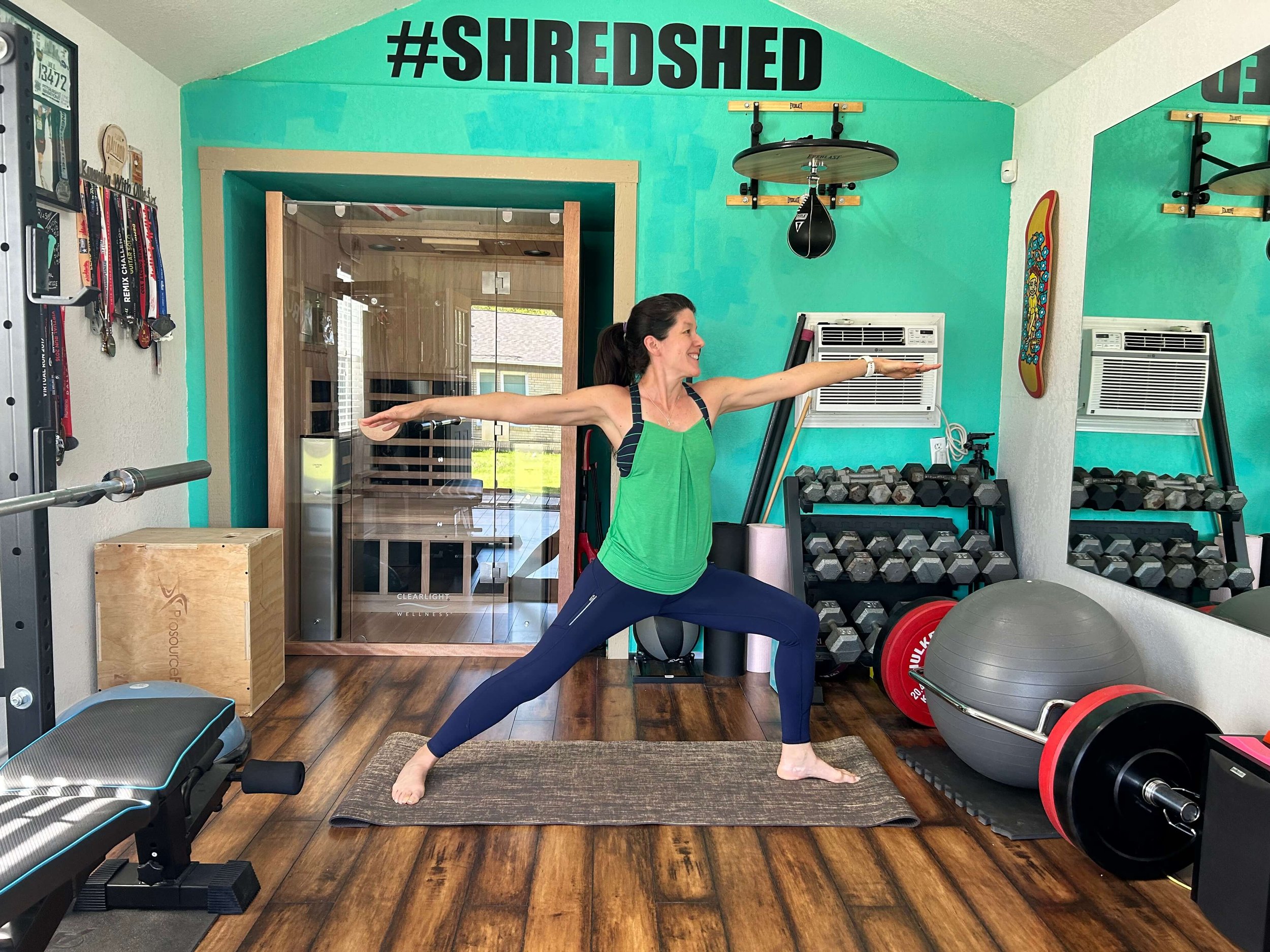

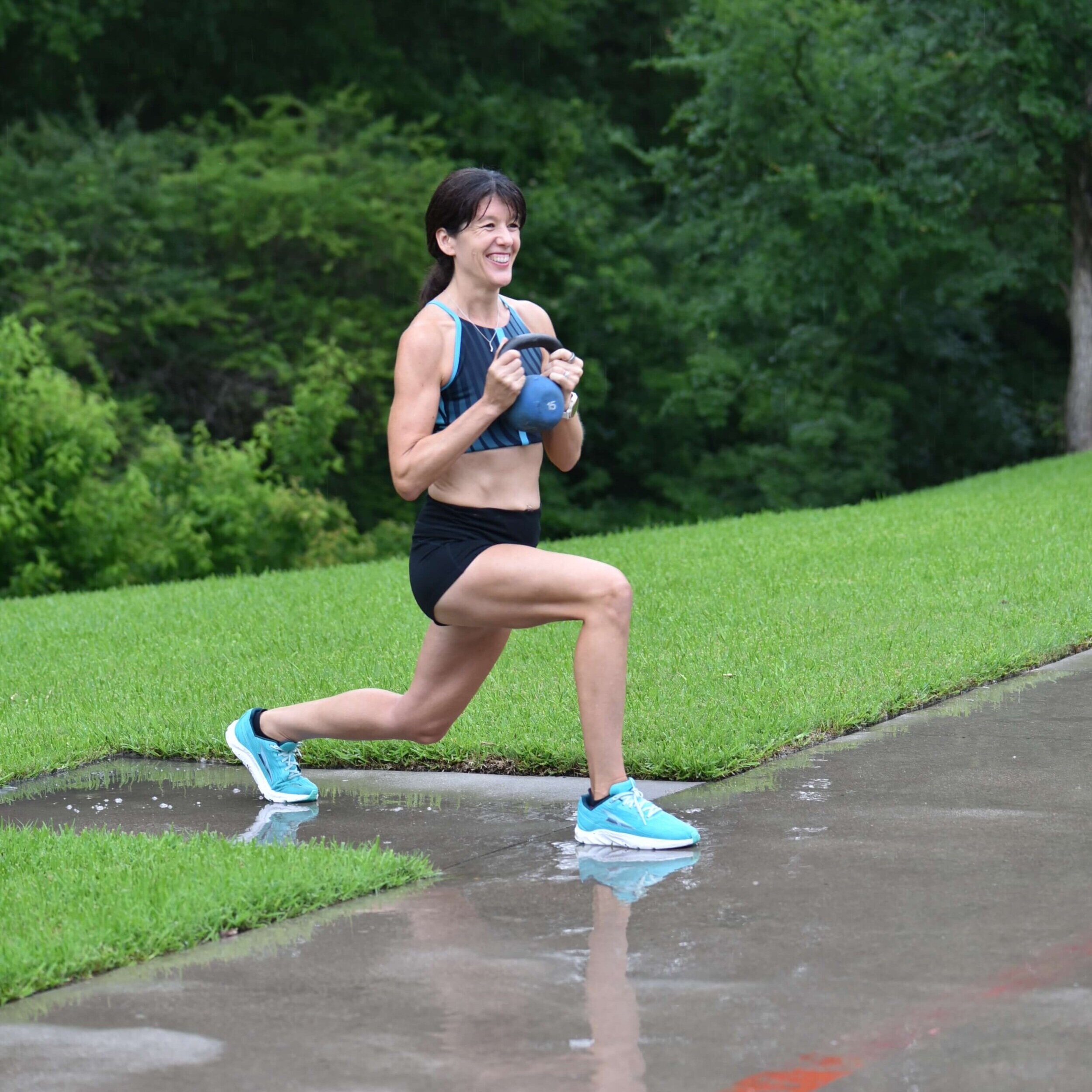

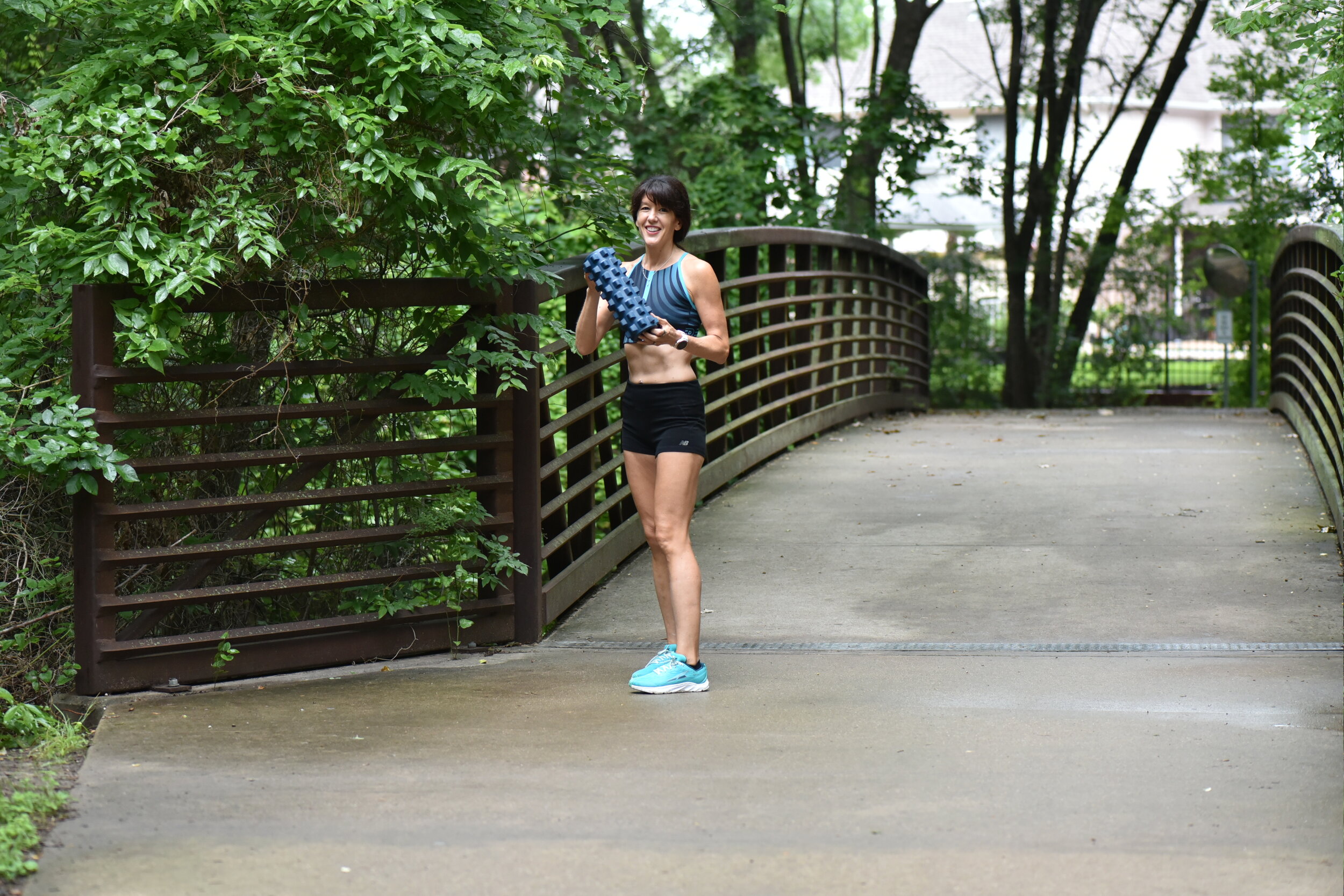
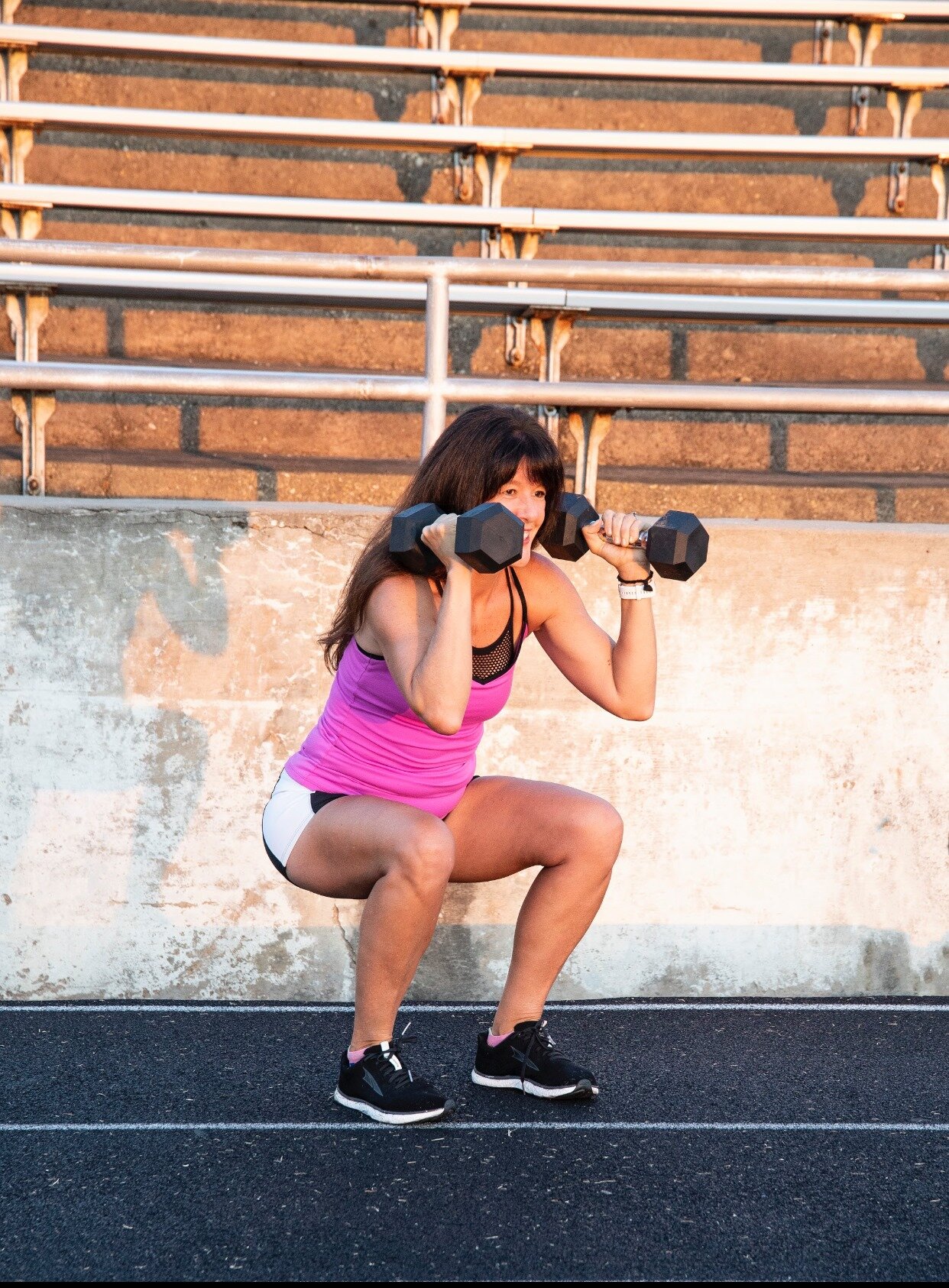






A lot of nutrition guides for half marathon training are overly complicated and aimed at elite athletes, which can be intimidating for the average runner. This blog post is about taking the pressure off by treating your fueling as a personal, no-math-required experiment throughout your 12-to-16-week training cycle. As a health coach and personal trainer, my goal is to give you simple, straightforward guidelines so you can figure out what works best for your body, ensuring you have the energy needed to train well, recover fully, and cross the finish line feeling strong.